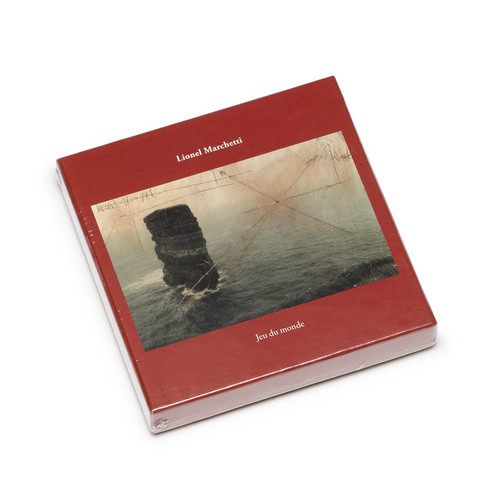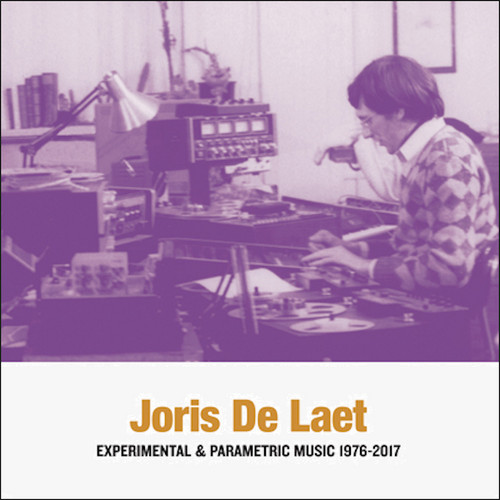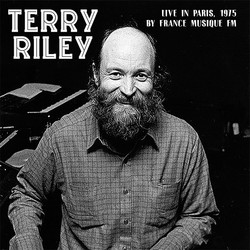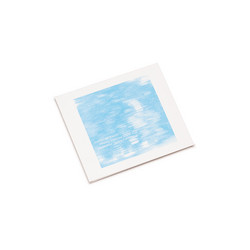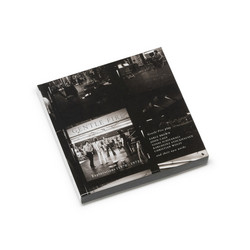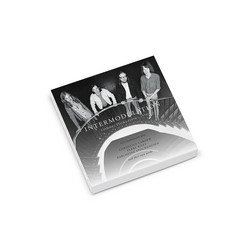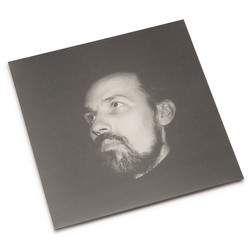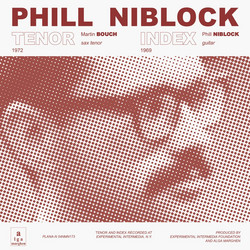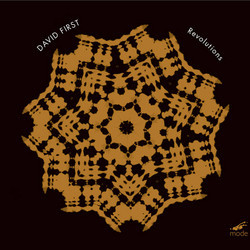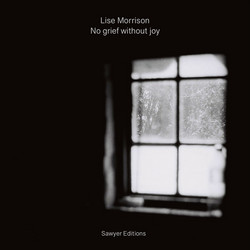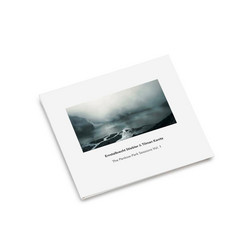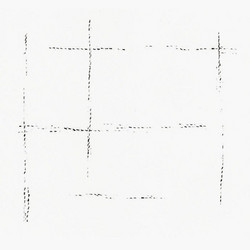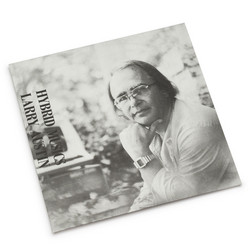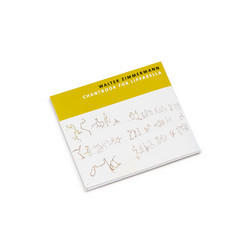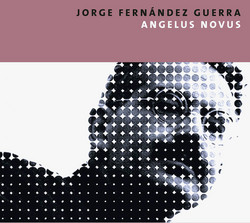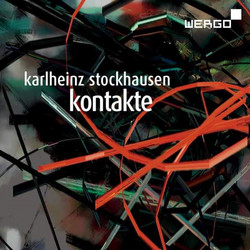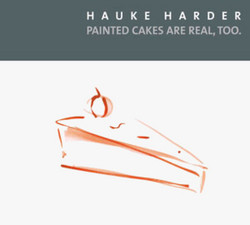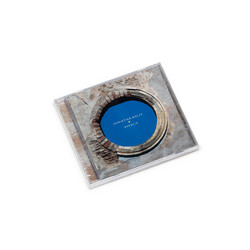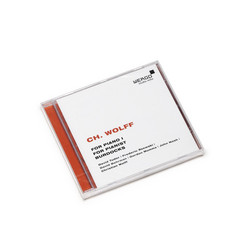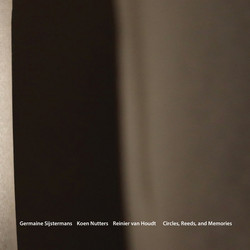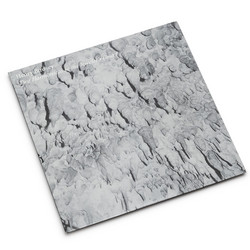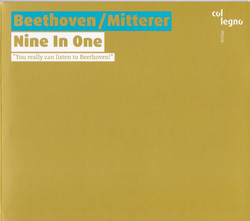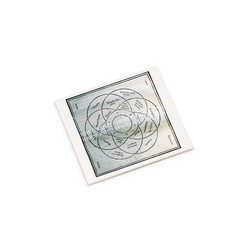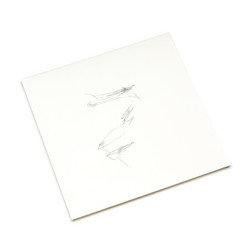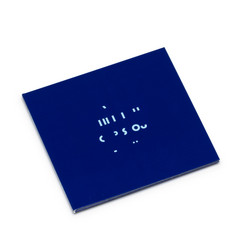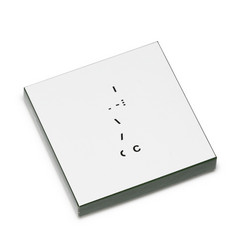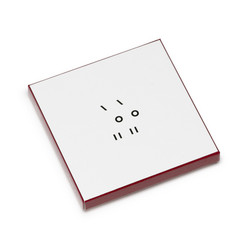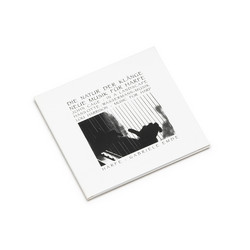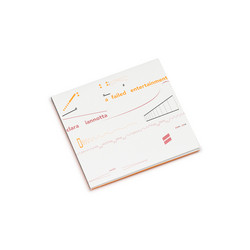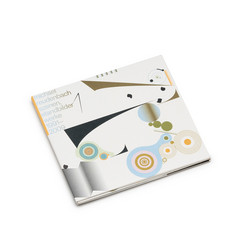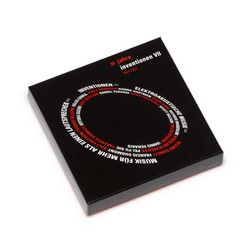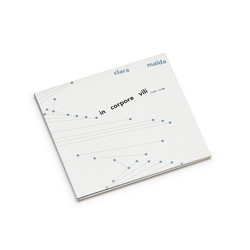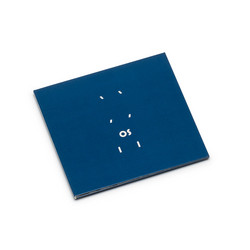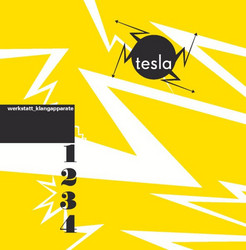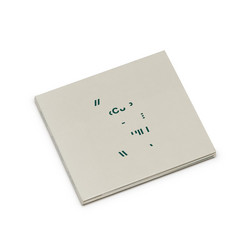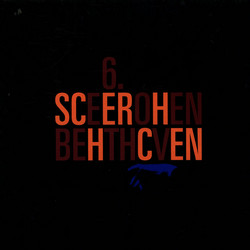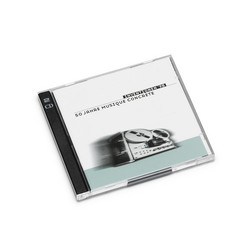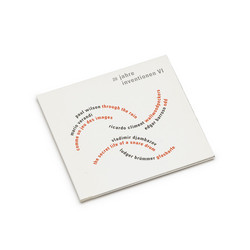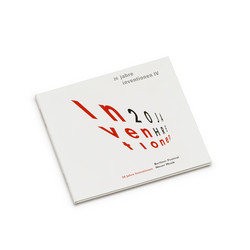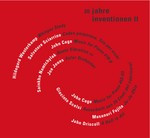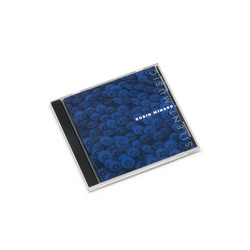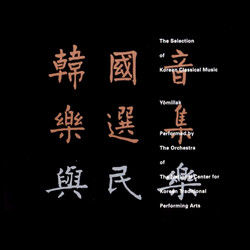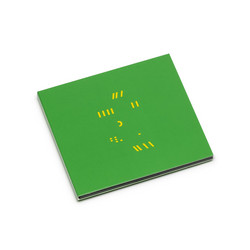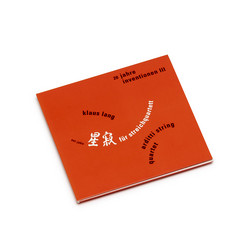German composer Josef Anton Riedl doesn’t have many releases to show for nigh on six decades of activity. Of his small handful of albums, all long out of print, the best known is a 1972 Wergo LP. The second half of the noughties saw a minor swell of interest in Riedl’s work – the Wergo album was given the Creel Pone CD-R bootleg treatment in 2005, and one of his compositions was included on the fifth volume of Sub Rosa’s Anthology Of Noise And Electronic Music series – but for the most part he remains a sadly obscured figure. All of which means Klangregionen 1951–2007, an in-depth late career retrospective which bundles together material from his albums with unreleased works in an eye-popping fluorescent orange package, is well overdue.
Its title, which translates as Sound Regions, aptly describes Riedl’s multifaceted practice. His early, percussion based works were inspired by Orff and Varèse, but after hearing Pierre Schaeffer in the early 1950s he shifted his attention to electronic music and musique concrète. His later compositions, many of them utilising custom-built instruments, investigated sound poetry and electroacoustic performance. Head of the Siemens studio for electronic music in Munich from 1960–66, Riedl has also worked in multimedia and composed music for theatre, film and TV, including the original production of Harold Pinter’s The Caretaker and the second series of Edgar Reitz’s Heimat TV epic.
Klangregionen emphasises the electronic and concrète and works from the first three decades of his career, with only a smattering of pieces from the 1980s onwards. Its first disc jumps back and forth chronologically, throwing up stylistic juxtapositions both entertaining and awkward. Of the electronic works, several sound time-stamped, all musty fidelity and mothballed effects. Better are the likes of Komposition Nr 2 (1963–65) and a pair of brief works from 1962, where marauding drones and fizzing tones slough off loop textures. The concrète compositions are well executed, if not of the standard of his French contemporaries.
More intriguing, though only skimpily documented, are Riedl’s explorations of sound poetry. Lautgedichtfolge b) (1977/79/98) threads phonetic plosives into arrhythmic patterns, and on Viellicht Duo (1963/68/70) a vocalist speaks into a bowl of water, to jittery electronic accompaniment. Just as fascinating is a series of outlandish works for unusual instrumentation: “clapping, stomping and hand-rubbing”; an odd, pointillistic piece for a quartet of violin, guitar, zither and prepared piano; the superb Paper Music (1961–70), and the cacophonous Silphium (1969–70), generated from specially constructed ‘metallophonic’ objects.
Much of the second disc is eaten up by Ideir Notna Fesoj, a 51 minute radiophonic piece about Riedl’s work, a blend of interviews with his friends and colleagues (all of them conducted in German, logically enough) and performances of his compositions. It’s bookended by a series of bracing electronic pieces, equal parts outré bleep and tonal grit, and Komposition Nr 3, a playful, almost whimsical concrète work featuring vocals from François Bayle, amongst others. It emerged a little too late to be considered in the end of year polls, but Klangregionen 1951–2007 was one of 2009’s most significant archival excavations. Nick Cai, theWire
Paper Music I version for two performers (1961/70).
Studie 59 I from a serie of 4 studies (1959).
Produced at Siemens-Studio für elektronische Musik.
Zeichnen – Klatschen / Zeichnen – Zeichnen (1979/81).
Landschaftsbeschreibung aus Landschaftsbeschreibung I (1973).
Produced at Siemens-Studio für elektronische Musik.
Mix fontana mix (1974/76/79).
Silphium aus Silphium (1969/70).
Aus Lautgedichtfolge g) 1977/79/98.
Ausfluss, Niederschlag, Spur, Nachhall I version for Phonola, gesampeltes Klatschen, Händereiben & Stampfen (2000/02/07).
Douce-amère version for violin, guitar, zither & prepared piano (1972/74/81).
Komposition Nr. 2 (1963/65).
Produced at Siemens-Studio für elektronische Musik.
Polygonum (1968/70).
Aus Leonce und Lena (1963/64).
Produced at Siemens-Studio für elektronische Musik.
Vielleicht – Duo (1963/68/70).
Musique concrète – Studie I & II 1951/59).
Produced at Siemens-Studio für elektronische Musik.
Leonce und Lena b (1963).
Studie 62 I & II from a serie of 4 studies (1962).
Produced at Siemens-Studio für elektronische Musik.
Klangsynchronie I Studie 59 (1981).
Produced at WDR. Recorded September 2, 1981 at Funkhaus Saal 7.
Studie 61 I from a serie of 4 studies (1961).
Komposition Nr. 3 (1965/67).
Ideir notna fesoj (1993). Der Komponist Josef Anton Riedl. Ein Radio-phonisches Porträt von Helmut Rohm (The composer Josef Anton Riedl. A radio-phonic portrait by Helmut Rohm) recorded at Bayerischen Rundfunks. P BR 1993.
Elektronische Musik – Studie I & II (1959).
Produced at Siemens-Studio für elektronische Musik.

